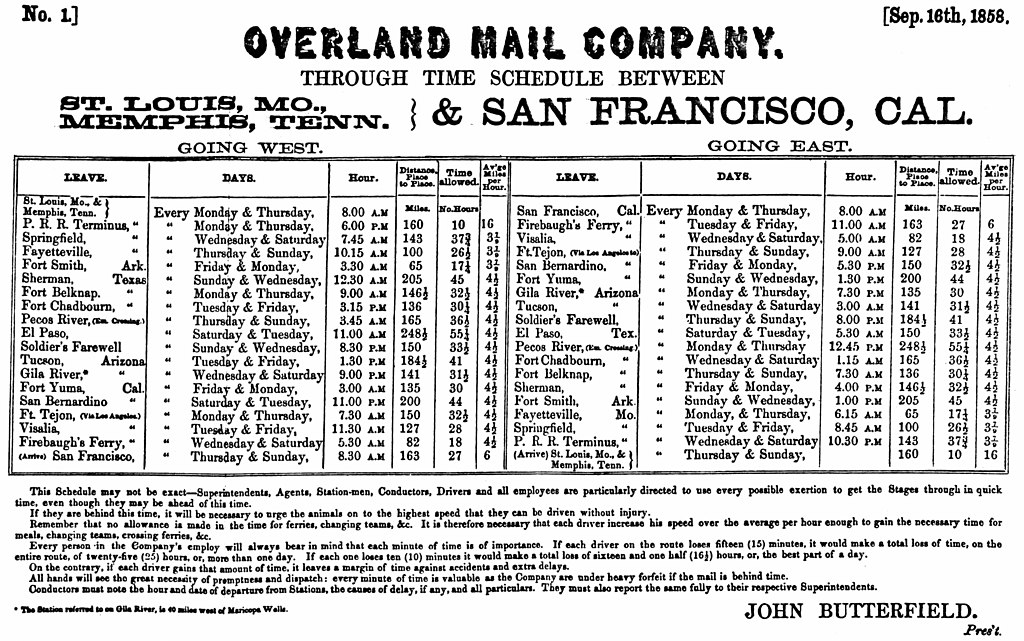TL;DR -- The 100th of WWI has people reviewing those times. This started several years ago, but the virus has had influences, for sure. Say, the Spanish Flu was centered around 1918. One dynamic not really on the national mindset so much is Arabia as it was then. TE Lawrence is a topic of discussion in a lot of areas. To us, he represents the side of the family that stayed at home. Or, put it this way, ventured forth 300 years later. The theme to discuss? As we saw with Cape Ann and other environs as the culture moved west, we have a more recent example starting with the expansion out of St. Louis which is picked since MO was the first to be defined. The WWI timeframe? Similar thing happening in Arabia which has influences even to today.
---
This post has several purposes. We never saw the movie that came out in the 1960s, however we were in LA at the time and remember the hoopla. Several careers were made with the movie. Which one? Lawrence of Arabia.
Here's a query. Who might most people think of when they think of this movie? Peter O'Toole? If one looks at the clip and discussions, there seems to be this conflation going on which is quite understandable. We get the same thing dealing with people and genealogy. There are lots of things psychological that ought to be brought to the discussion.
Note: John's past is partly covered in this post: Amelia Earhart. At least, there is a brief reference to places on the other side of the pond that have more problems than we see (or saw) here. It's like, there ain't nothing new under the sun. Besides, his role is keeping things steady for those who want to play the one-upman-ish game over here. No axes to grind; merely, truth engineering.
Okay, so, who was this guy? No, not Peter, the Irish dude. BTW, his ashes were taken to the west of Ireland. That place of the wild ones. No, we're talking T. E. Lawrence. His burial was in Dorset. Though, he had been born in Wales, did the Oxford thing, Royal Army, Orientalist, and lots more.
The timeframe? T.E. made his name in WWI with the conflict with the Turks. Seeing a few clips got the internet searches going. So, for now, here's are a few links and a comment. We'll be back to the theme. Why? We're out of the Brit culture. The past year has brought out some interesting interplays, especially with the LA scene's unfoldment. Too, we ought to have closer ties; we're family.
- Wikipedia overview
- T.E. has American cousins - great thing about WikiTree is that serious genealogists hang out there, and they try to get things right.
- T.E. Lawrence studies - wonderful site with respect to the subject; too, the technical focus is right on - need to discuss this.
- Smithsonian look at T.E. - just like we have our 400th, 300th, 250th, 200th, 100th, so too do others. In terms of the 100th of WWI, we see lots of analysis. But, in terms of T.E., there is a lot of retrospective, especially since some who might have known him won't be around long.
 |
| Map similar to one in the movie, Lawrence of Arabia |
Remarks: Modified: 05/27/2025
05/27/2025 -- T.E. Lawrence and Jesus College, of Oxford and Arabia and more.













